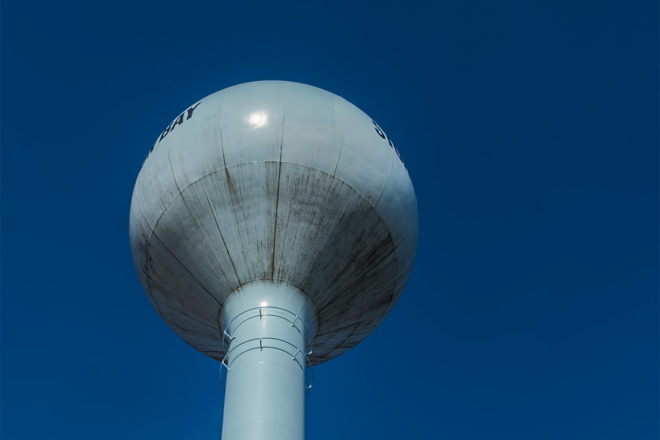By the Numbers: Wisconsin Drinking Water
- Share
- Tweet
- Pin
- Share

Last week the Wisconsin Department of Natural Resources released the Wisconsin Public Water Systems 2016 Annual Drinking Water Report. Here are some facts from the report. The full report is available on the DNR website, dnr.wi.gov; search “drinking water.”
56
The number of public water systems in the state that obtain their water from surface water rather than underground sources. The surface water systems serve some of the largest populations, including Milwaukee and Green Bay.
76
The number of public water systems in the state that experienced contamination violations – bacteria, nitrate, arsenic and radionuclides were the most common contaminants found.
99
The percentage of public water systems in the state that met the U.S. Environmental Protection Agency’s Maximum Contaminant Level standards.
443
The number of water systems owned by entities other than municipalities, which could include mobile home parks, apartment buildings and long-term care facilities.
611
The number of municipally owned systems in the state. They serve 80 percent of the population.
891
The number of non-transient, non-community water systems. These include schools, office buildings, industrial facilities, dairies and other businesses.
1972
The year federal standards were enacted for public water systems.
2,600
The number of inspections of public water systems by DNR staff and its partners to ensure compliance with construction, operation and maintenance requirements.
9,463
The number of transient non-community water systems. They include motels, campgrounds, parks, restaurants, taverns and churches.
11,408
The number of public water systems in Wisconsin, more than any other state in the nation.
650,000
The number of people served by the state’s largest municipally owned system, which is Milwaukee Waterworks.
$14.5 million
The amount the DNR awarded to 38 communities, including $300,000 to Sturgeon Bay Utilities, to replace some of the 170,000 lead service lines in water supply systems statewide.
$24 million
The amount the DNR provided in financial assistance through the Safe Drinking Water Loan Program, which helped 14 communities make needed infrastructure improvements to their drinking water systems.
$1.5 billion
Estimated infrastructure costs between now and 2031 for small community water systems serving fewer than 3,300 people.
$7.1 billion
Total cost for water infrastructure needs in Wisconsin by 2031.
$384 billion
The cost of water infrastructure needs by 2031 across the nation.
Source: Wisconsin Public Water Systems 2016 Annual Drinking Water Report
